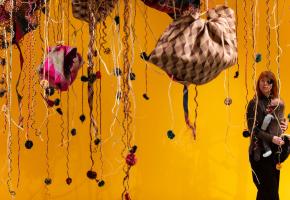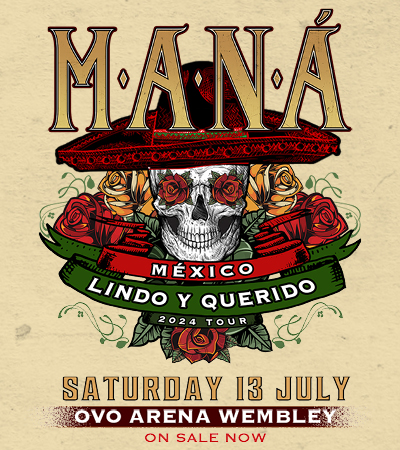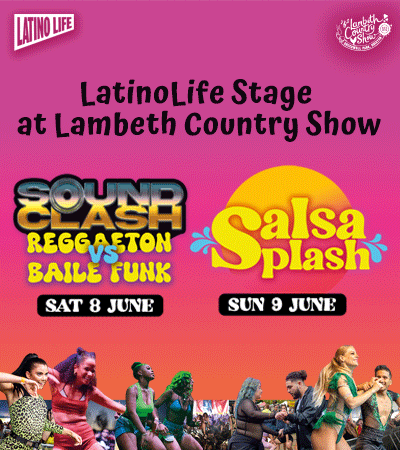
“Beyond the Legend…Lies a More Fascinating Truth”
It was a gloomy Sunday. The grey sky and all-consuming rain made my bed feel like a toasty heaven, which I was reluctant to leave. However, the anticipation and desire to see first-hand the beautiful gold art work of my ancestors made me jump out of my bed with vigour...
by Gabriela Villafradez
Image

On entering the The British Museum, with its bustling crowds and 5.575 million yearly visitors, one is reminded of people's constant hunger for history. The transparent ceiling and buzzing atmosphere made me instantly forget about gloomy London and transported me into its offerings: Japanese sex art culture and South American treasures – the Shunga exhibition and The Beyond El Dorado exhibition.
Upon entering the latter: Beyond El Dorado – power and gold in ancient Colombia, the world of Colombia pre-15th century and the arrival of the Spanish, we were led through several estuaries decorated with glass cases containing art work usually housed at the Gold Museum in Bogota. There is no doubt that the handwork is unique and powerful, created with the intention of worship, representation and respect of all nature in its different forms and events.
In 1499, when Spanish men ventured into South America in search for gold and fame, rumour was rife in Europe of a place and a ritual consisting of a lake full of gold and tribal leaders covered in gold paint. This is how the legend of El Dorado was created. It was said that in the Laguna de Guatavita in central Colombia, new tribal leaders were rowed into the middle of the lake covered in gold and dropped into the water to be baptized and introduced to the gods as the new leaders. In addition to the spiritual introduction, offerings of gold statue and gold instruments were tipped over the boat and into the gods’ portal.
For the indigenous people, gold was used not for currency or financial value, but in rituals to display rank, and offerings to the gods. Wearing ornaments displayed restrictive privilege, worn by a selected few.
Each glass case is accompanied by information and description of the objects, including short videos of the original Colombian techniques used to make such difficult art work. Gold was rarely used on its own; instead the tribes were expert metalsmiths - mixing silver bearing gold with copper and alloy. This type of pre-Columbian gold was named 'Tumbaga' by the Spaniards.
It was at this point that admiration took another route; by using specially invented techniques the metal was stronger and had a lower melting point to natural elements, which was easier to craft once this procedure was used. In addition, visitors were introduced to Tungo – golden voting figure, male/female/animals, used to communicate territorially over the Muisca state with the supernatural. Gold itself cannot be dated other than by artistic style and archaeological context making this exhibition one of a kind.
Moving along the rooms, we are introduced to the different reasons and rationales behind the crafts; musical instruments, dance rituals, rank statues as well as funeral and burial companionship and defence. Images of animals were inspired by the strength and character perceived in each animal, which the owners of the ornaments sought to embody. ‘They covered (themselves) with those animal skins in such a way that they looked like them’
Of course, many of the great art work created by the former was destroyed and forbidden by Spanish rule for representing ‘idols of the devil’. Instead new work was created with Christian images in mind. Along with the artefacts and crafts, distinct languages, cultures and styles of living in that territory vanished. However, after years of foreign interest in acquiring the infamous gold, the Colombian government declared Guatavita a National Heritage Park in 1965, protecting it from further plunder. And in 1991 laws were introduced to protect and recognise ethnic and cultural diversity in the country.
For some this is an incredible exhibition of craftsmanship, for others, and I count myself here, it is a window to a fascinating world of heritage. I feel a combination of nostalgia for languages and customs slowly fading away but admiration and pride for having this incredible history running through my veins.
The exhibition is open to the public at the British Museum
17 October 2013 – 23 March 2014
http://www.britishmuseum.org/beyondeldorado

















